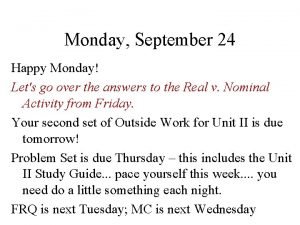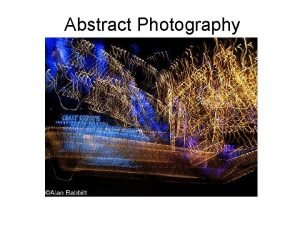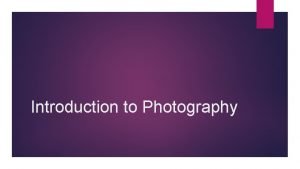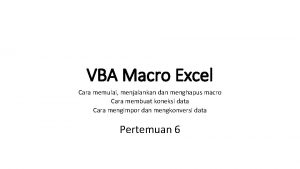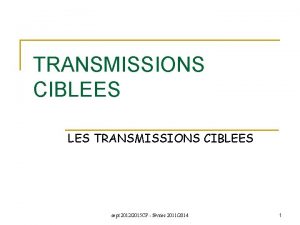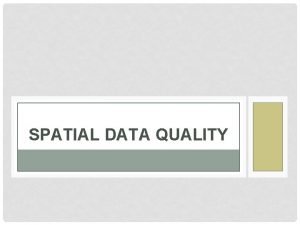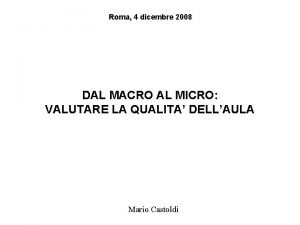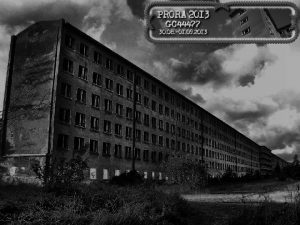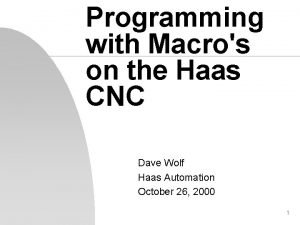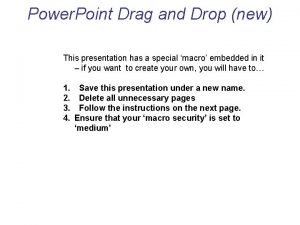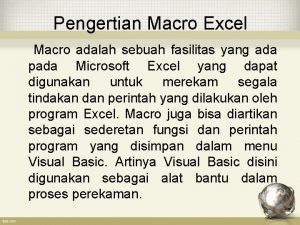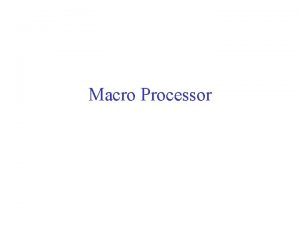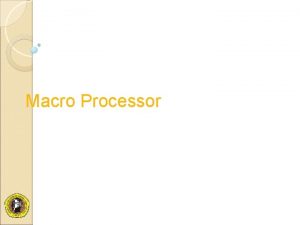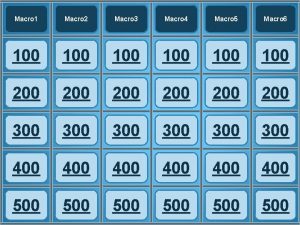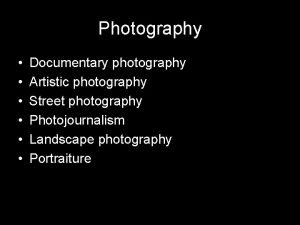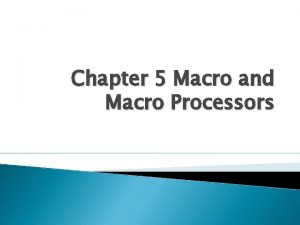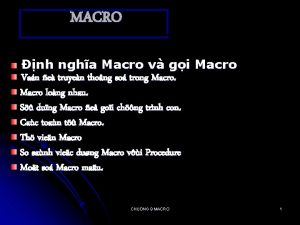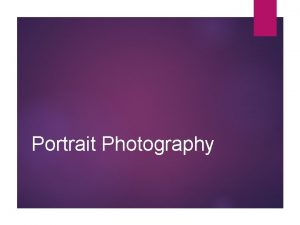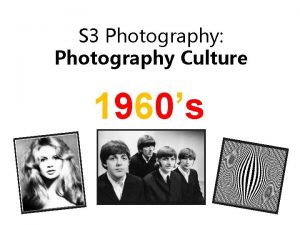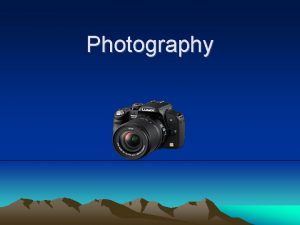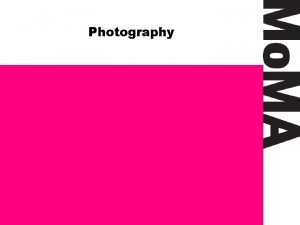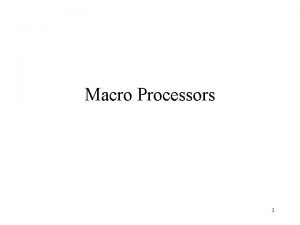Macro Photography An Introduction Macro Photography Macro photography


















- Slides: 18

Macro Photography An Introduction

Macro Photography • Macro photography is close-up photography where the size of the subject is life-size or greater.

Equipment – the basics • Camera • Tripod • Instruction book for your camera

Useful but non essential equipment • Reflector that can double as a background • Torch • Backgrounds • Clamps & Plamps • Brushes to clean up subjects • Spray bottle of water

Specialist Equipment • Close-up filters • Extension tubes • Bellows • Reversing rings • Macro lenses, usually prime lenses usually with focal length in 3 groups 45 -65 mm, 90105 mm, 150 -200 mm

Close-up Filters • Low cost • Very portable • Reduces image quality particularly if stacked • Suffers from chromatic aberration

Extension tubes • Relatively inexpensive • Very Portable • Are camera specific • Reduces the amount of light falling on the subject so that is where the torch can come in handy to assist focusing

Macro Lenses • Produce the best quality images • Most are prime lenses • Heavy • Expensive

Lighting • Natural light, works well in conjunction with a tripod and a reflector • Continuous artificial light works well need to set the white balance in your camera to match the light source • Off-camera speedlights • Specialist flashes such as ring lights and Nikon & Canon sets

Camera Settings WHIMS • W White balance • H Highlight warning on • I ISO Usually keep as low as possible 100800 • M Mode Need to be shooting in aperture priority or manual • S Size Usually a large file size

Extra Considerations • Focusing • Depth of field and ‘f’ stop selection • Triggering the shutter • Mirror lock-up

Focusing • The most accurate is manual • It is also possible to switch to live view and select a single point of focus and zoom in to a particular area that needs to be in focus and adjust it with manual focus

Aperture of f stop • Choice of aperture determines depth of field • Small numbers like 2. 8, 4 have very shallow depth-of- field • Large numbers like 16, 22 32 have much greater depth- of-field • To help maximise depth-of-field try to keep the camera parallel to the subject

Depth-of -field

Depth –of-field

Triggering the Shutter • All remote triggering is aimed at having the camera completely still when the shutter is triggered to give the sharpest possible image • Cable release cords • Remote controls • Setting the self timer

Mirror Lock-up • Most digital DSLRs allow mirror lock-up • Used to ensure the camera is not vibrating when the shutter is triggered • Generally the first press of the shutter locks the mirror up and the second releases the shutter • Contributes to really sharp pictures

Questions Time to start photographing
 Econmovies episode 5 worksheet answers
Econmovies episode 5 worksheet answers Conditional macro expansion in system software
Conditional macro expansion in system software Is abstract photography same as conceptual photography
Is abstract photography same as conceptual photography It is the literal meaning of photography
It is the literal meaning of photography Body paragraph
Body paragraph Ribbon untuk memulai vba excel adalah
Ribbon untuk memulai vba excel adalah Transmission ciblé exemple
Transmission ciblé exemple Tmgmacro
Tmgmacro Cuál es la diferencia entre macrofiltro y microfiltro
Cuál es la diferencia entre macrofiltro y microfiltro Quality cont
Quality cont Mesosociology example
Mesosociology example Micro macro verona
Micro macro verona Abkürzungen geocaching
Abkürzungen geocaching Micro market and macro environment
Micro market and macro environment Quintiq rostering
Quintiq rostering Haas macro variables
Haas macro variables Pedia
Pedia Yang dimaksud excel macro adalah
Yang dimaksud excel macro adalah Monetray base
Monetray base
